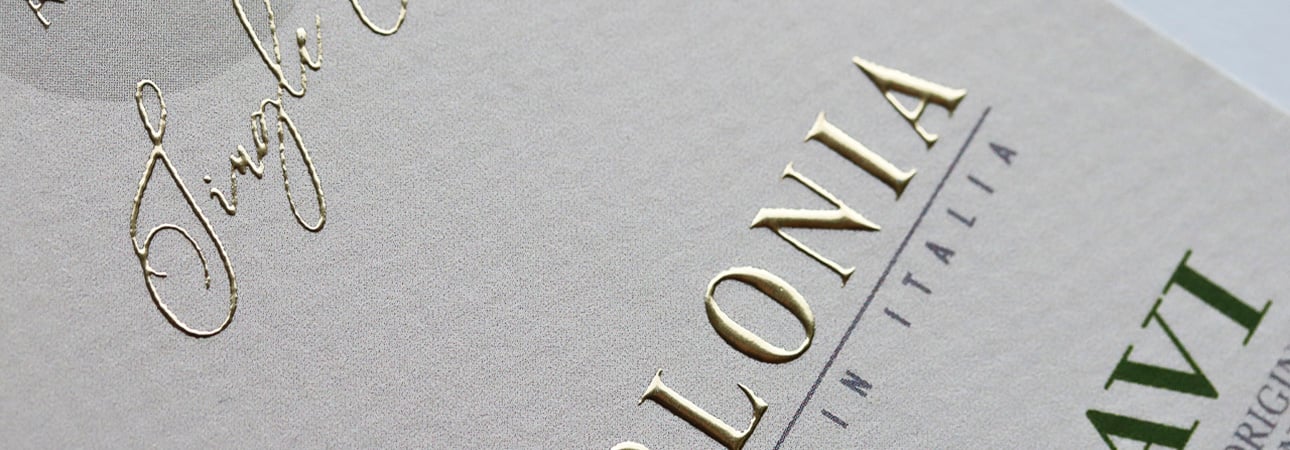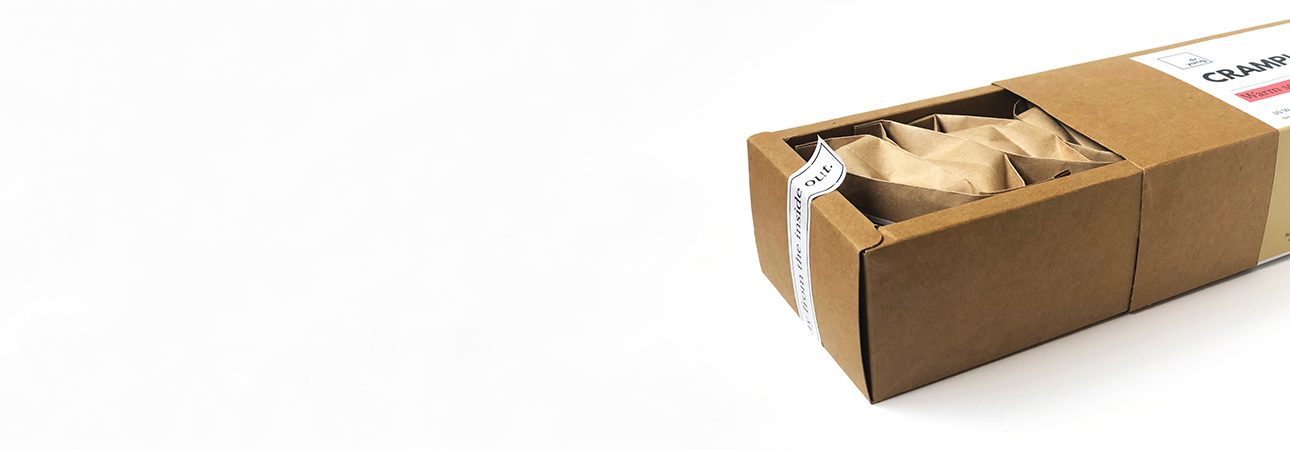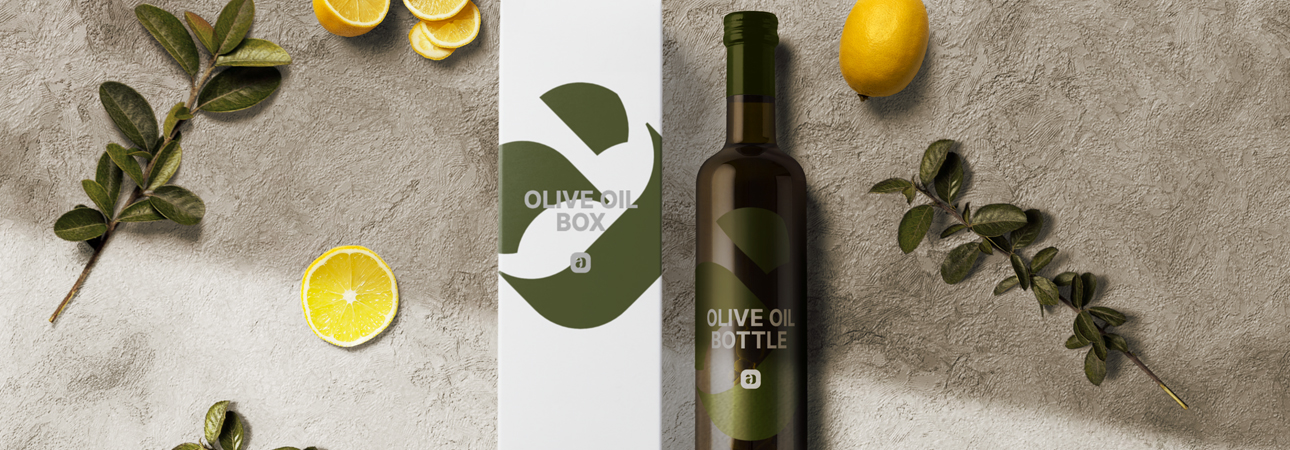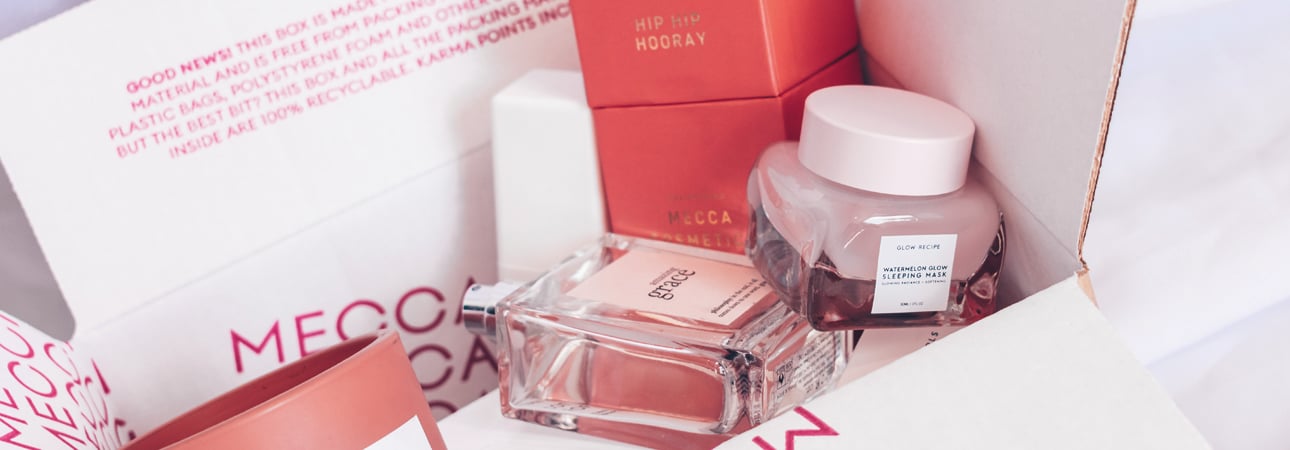Did you like the article? Share it!
The ultimate guide to diecutting (in the printing industry)
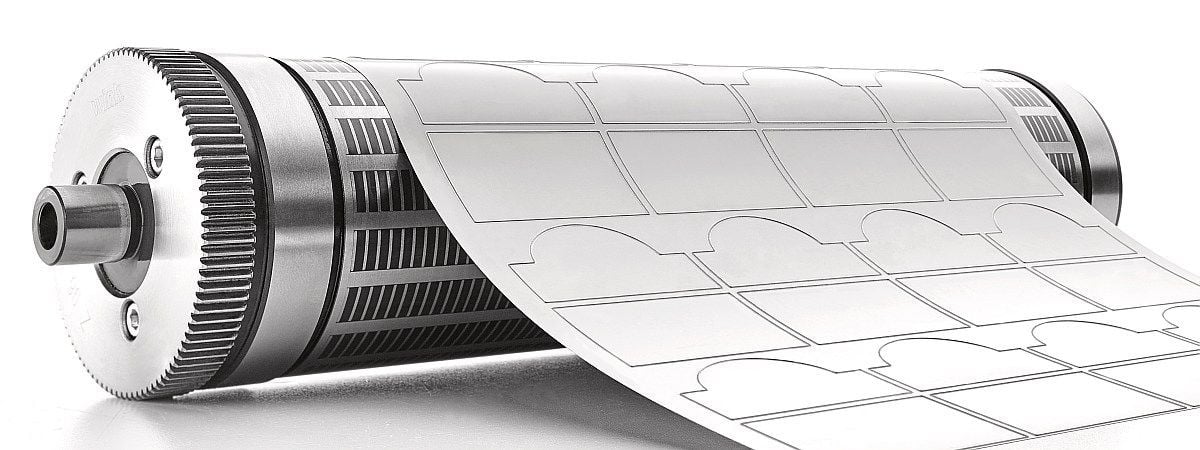
How my label can achieve the perfect shape? Of course It’s not about training or diet, it’s a matter of diecutting.
But what is diecutting? Let’s find out together.
Diecutting is a process of cutting into shapes labels, boxes or anything else through a tool called, unsurprisingly, a die. A manufactured die is a specialized piece of metal used to cut a specific shape out of a material. Let’s go in deep into the diecutting world.
The diecutting tool, everything you should know about it!
A diecutting tool, as mentioned before, is a piece of metal used to cut into shapes a substrate.
There are three major types that you should know: flatbed, flexible and solid rotary dies.
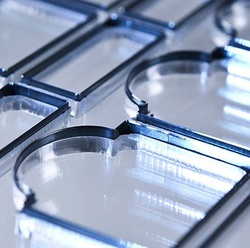
Flatbed die
A flatbed die is used on flatbed die cutters based on hydraulic presses and other lifting systems to press a die down on a sheet of material and are better suited for heavier materials than for labels.
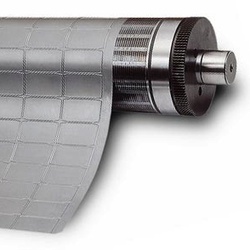
Flexible die
A flexible die is a thin sheet of steel folded around a magnetic cylinder and used for rotary and semi-rotary presses. These kind of presses use rollers to pass webs, which are long, flexible sheets of material through a machine so that a rolling die makes cuts to the material.
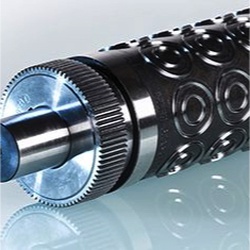
Solid rotary die
A solid rotary die is a solid steel cylinder, and is traditionally used in more long run applications on rotary presses for extended die life.
Fun fact
Diecutting was invented in the mid-1800s in order to help the shoemaking industry. Since cutting the soles of shoes was previously done by hand, typically out of leather, the process was time-consuming, laborious, and expensive. The invention of the die cutting machine revolutionized work for cobblers and made shoes much more consistent as shapes were always cut the same size, the same way, instead of by hand. This meant that shoes could now be given standard sizing.
After discovering the origin of diecutting process, let's move to see what it could be the future of it.
Laser cutting, the future of die cutting
Laser cutting is a process that uses digital data controlling a laser beam to cut a substrate. Since laser cutting doesn't require metal dies, there is no need to pay for the dies, wait for them to be made by specialists, and store them carefully after their use. Laser cutting is usually used to make intricate patterns and short runs as prototypes. Since this system is still slower than rotary die cutting, particularly when cutting thick material, and the laser cutting equipment costs much more to buy than rotary die-cutting equipment, this process is not used frequently in the label industry.
But how will it be in the future? We just have to wait.
What we need to keep in mind when designing my label shape?
Here in Oppaca, we use a flexible diecut which means that you need to pay attention to some features of your label during the design phase.
Avoid intricate shapes
A flexible die can’t be used to make to make super intricate patterns. So if you want to make a snowflake label, don’t hesitate to contact us to see how to make it feasible. Let’s make it snow all together.
Avoid acute angles and pointed corners
Even if you want a sharp shape for your label, you need to take into consideration that with a flexible die we can’t reproduce a pointed and acute angles. The shape of your label should always have slightly rounded angles with at least 1 mm diameter.
Add a bleed area to your design
Add a bleed area that extends your design artwork at least 2mm or 1/16” past the edges of your label. This helps ensure that there are no accidental white spaces.
Of course, our Oppaca staff will always keep an eye on your label’s shape.
Trough our prepress phase we’ll give you some advices to make you obtain the best result out of your label.
Get started creating your own shaped label with our instant online estimator, by selecting the Shape and Dimensions of your label in the General tab, otherwise if you need answers or you want to learn more about a particular topic, write us with this form, and a member of the Oppaca Staff will respond as soon as possible.
Next

